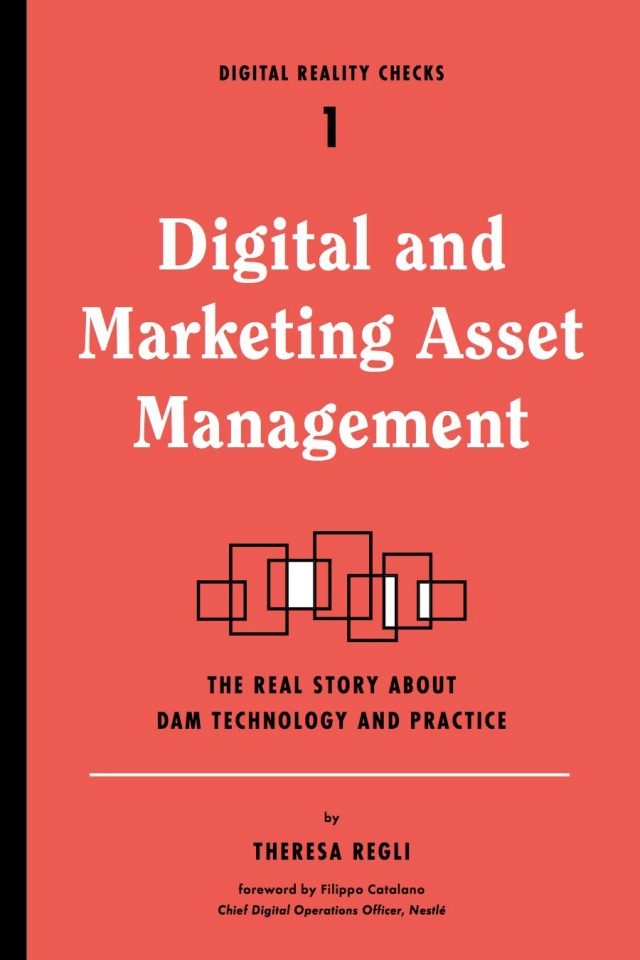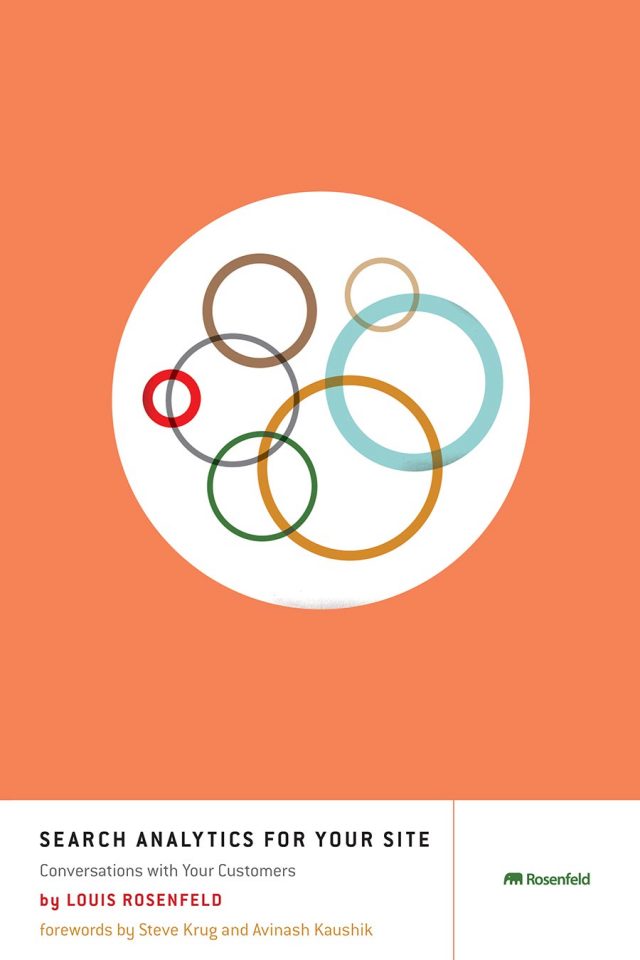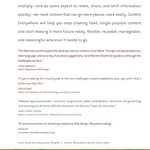I’m indebted to everyone who listened to my excessive freak-outs, silenced my inner critic, and encouraged me enough to keep chipping away at this book. And trust me, that’s a lot of people.
I’d especially like to thank Kristina Halvorson, who encouraged me to do this and introduced me to Lou Rosenfeld when I least expected it. Without that hearty shove, who knows what I’d be doing right now.
Lou Rosenfeld is the sort of guy you want in your corner: unflappable, aboveboard, and smart as hell. I’m lucky he believed I could pull this off, despite having precious little evidence to support my case. I’m also incredibly thankful for the whole Rosenfeld Media family: Marta Justak, my editor; Karen Corbett, who wrangles operations; the editorial board, who saw promise in my proposal; and the entire production team, who pulled all this together.
Eva-Lotta Lamm has a hyphenated German name, which means I liked her even before she created the incredible illustrations used in this book. I would never have finished the manuscript without the support of the nitpicky and crazy smart Jonathan Kahn, as well as my other reviewers Jason Grigsby, Elisabeth Hubert, Erin Kissane, and Sarah Krznarich. Their detailed, thoughtful feedback pushed me in all the right ways, as did the support of early readers Margot Bloomstein, Dan Klyn, Rachel Lovinger, Ethan Marcotte, and Ginny Redish.
Karen McGrane, Ann Rockley, Deane Barker, Mike Atherton, Cleve Gibbon, and R. Stephen Gracey contributed material that brought new perspective to the book—and influenced my writing and thinking as well.
Friends like Anna Hrach, Eric Covill, Daniel Eizans, Nicole Jones, Matt Grocki, Deb Gelman, Corey Vilhauer, Carolyn Wood, Tim Kadlec, Boon Sheridan, and Chris Avore gave me endless encouragement, advice, and criticism throughout the process.
And then there was a whole cast and crew of delightful folks who shared their expertise and experiences with me: Zach Brand and Patrick Cooper at NPR, Mike Reich at Seaborne Consulting and his client at the FCC, Gray Brooks. Mark Porter talked with me about the Guardian; Erik Runyon gave me insight into Notre Dame’s website; Dave Olsen and his team shared their experiences at West Virginia University.
The list goes on: Aaron Gustafson, Cameron Koczon, Dorian Taylor, Jeff Eaton, Jeffrey MacIntyre, John Eckman, Josh Clark, Lyza Gardner, MaryLee Grant, Mat Marquis, Max Fenton, Stephen Hay, Michael Spinnella, and Scott Abel all took the time to talk with me and make me much, much smarter than I was before.
But I can’t thank anyone more than William Bolton, my partner and best friend for the past decade, who managed to defend his doctoral dissertation and move us across the country while I was writing this book. His patience and love have made this possible.
Thank you all.
—Sara Wachter-Boettcher, Lancaster, Pennsylvania, September 2012















